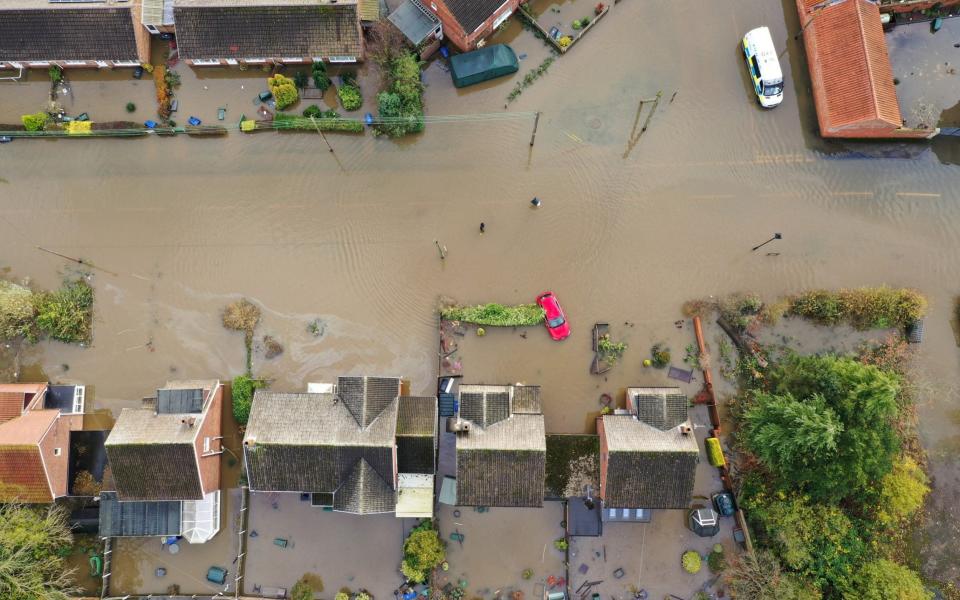More than 1.7 million homes barred from cheap flood cover

More than 1.7 million households may be unable to take out affordable flood insurance because they fall outside a state-backed protection scheme.
Yorkshire and Lincolnshire have been hit by severe flooding since last weekend. Some areas are under 10ft of water.
Flood premiums and excesses have been kept down since April 2016, when insurance firms and the Government set up Flood Re, an “insurer of insurers” that reduces the risk that one firm might face a crippling claims bill.
But homes built since 2009 are barred from the scheme, regardless of their risk of being swamped, as insurers did not want to encourage building in flood-prone areas.
The cut-off means that the owners of a house built in 2008 would qualify for lower-cost insurance even if it flooded, while a neighbouring property built in 2009 or after would not.

There are now 1.4 million homes excluded in England, 173,076 in Scotland, 68,997 in Northern Ireland and 62,457 in Wales, according to official figures.
The 1.7 million total also does not include leasehold developments with four or more flats, which are not covered by Flood Re regardless of when they were built.
A spokesman for the Association of British Insurers (ABI), a trade body, said: “It’s not that people in these areas won’t be able to get flood cover, but the provisions of Flood Re would not apply.”
In theory, homes built since 2009 should be at less risk of inundation as tougher rules came in for local authorities considering development in flood-prone areas.
But in practice, building in these regions continued. In the 2015-16 tax year, 9pc of new homes were constructed in areas at the highest risk of flooding.

A spokesman for the National Flood Forum, a charity, said: “Consideration of flooding should be at the top of the agenda. But properties that are being built now are still flooding.”
Flood Re is due to last until 2039, and there are no plans to update the 2009 cut-off date.
Insurers demanded the 2009 exclusion due to worries developers were increasingly building on flood-prone areas as the best residential land had already been built on.
Homeowners once struggled to get flood insurance at all, because a claim for a waterlogged home can be up to £45,000, according to the Association of British Insurers. Other homes could only get the cover if they paid high premiums or excesses.

 Yahoo Finance
Yahoo Finance 